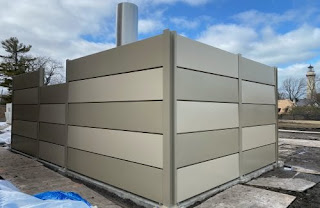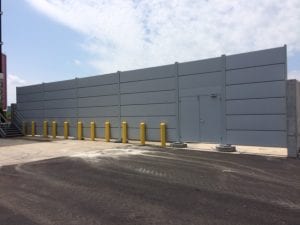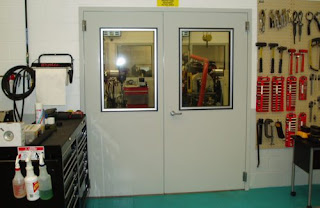What is the difference between absorption and a barrier material?
Speaking of soundproofing, both absorption and barrier materials are quite vital. Absorption materials are usually light in weight and porous. They do precisely what they claim and that is absorbing the sound waves. They permit sound waves to enter the structure and break up the energy so that they don’t escape the room. With kinetics noise control, the goal is to absorb the sound as much possible, and to transmit the remaining energy away from the location concerned.
The materials of a sound barrier wall will generally reflect the sound back into the room instead of absorbing it. They are made from dense, non-porous materials like steel, concrete or gypsum board. Barriers are frequently used where there are homes near busy main roads or railway lines.
As a thumb rule, materials that are good acoustic reflectors are not good sound barriers, and vice versa. It is common to notice a barrier wall with a layer of absorbing material laid on the top for the best of both worlds. In some cases, people might go for rooms within a room where secondary ceiling, floor and walls are all built within a room to lessen the amount of sound escaping from the room. The secondary walls might utilize both absorbing materials and barrier to make it as much effective as possible. Most of the sounds escaping a room are not actually sound waves but vibration of the solid structural elements. By constructing a room within a room and filling the cavities with absorbing materials, one can restrict the amount of vibration as much possible.
While considering whether to utilize a floating ceiling barriers or both, it is vital to keep in mind any distortion of sound that might happen. For instance, if you are soundproofing a recording studio, the people outside won’t want to hear the music, but those within won’t want the sound distorted.




Comments
Post a Comment